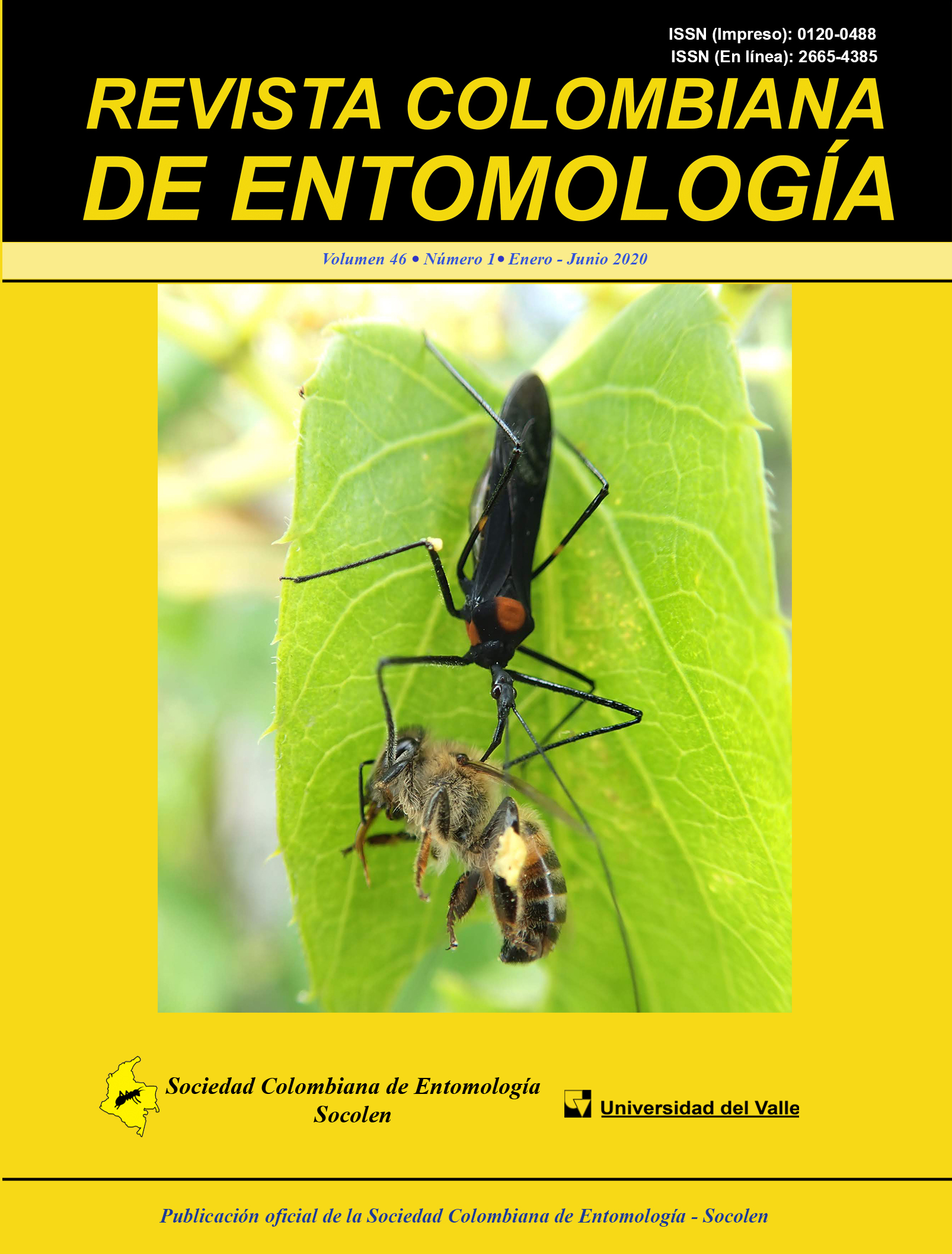Detection of malathion in dipterous larvae of forensic importance in northeast Mexico
Keywords:
Diptera, entomotoxicology, insecticide, intoxication, organophosphorusMain Article Content
Acute pesticide poisoning is a global public health problem. In developing countries pesticides cause up to one million cases of poisoning and up to 20,000 deaths annually. In Mexico, it has been reported that due to intoxications by xenobiotics, among them pesticides, 1,400 people die annually. In the present work a method was optimized to detect and quantify malathion in third instar fly larvae (Diptera) that hatched in pork meat, Sus scrofa domesticus, treated with the lethal dose in humans of malathion (60 g/60 kg). A biomass of 1.5 g which was added 1.2 mL of phase, stirred by space 5 min and centrifuged for 10 min at 10.000 rpm. The supernatant was analyzed by HPLC, using a methanol-water phase (70/30). The retention time of malathion was 4.1 min. The detection limit was calculated at 0.301 ppm. The technique and procedure used will serve as an indirect tool to identify the presence of the toxin in a relatively simple way in court cases.
Downloads

This work is licensed under a Creative Commons Attribution-NonCommercial-ShareAlike 4.0 International License.
Authors retain the copyright on their work and are responsible for the ideas expressed in them. Once a manuscript is approved for publication, authors are asked for a publication license for the term of legal protection, for all territories that allows the use, dissemination and disclosure of the same.

